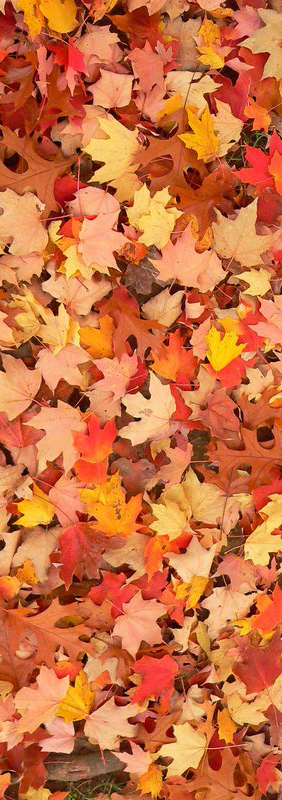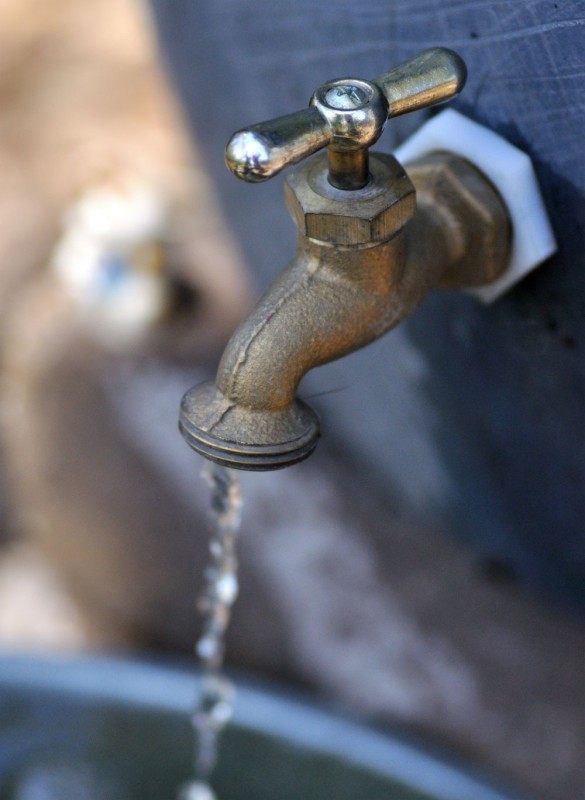A Wind Fall for Your Yard
 The reason we call this autumn season “fall” is obvious. Look outside- everywhere around you trees are shedding their leaves. After these leaves fall, they cover the ground in an array of golden hues. Your neighbors are likely busy raking up these leaves into neat piles, which will be bagged and left at the curb for pickup. Runoff Busters has suggestions for you to make use of this windfall of gold on your yard!
The reason we call this autumn season “fall” is obvious. Look outside- everywhere around you trees are shedding their leaves. After these leaves fall, they cover the ground in an array of golden hues. Your neighbors are likely busy raking up these leaves into neat piles, which will be bagged and left at the curb for pickup. Runoff Busters has suggestions for you to make use of this windfall of gold on your yard!
This is a good step towards improving water quality. We want to keep leaves out of storm drains, where they, like fertilizer, contribute excess nitrogen to local waterways and the Chesapeake Bay.
Leaves are a beneficial source of nutrients for your yard. Trees absorb minerals like calcium and magnesium from the soil to help them grow new leaves and branches. These minerals are then returned to the soil naturally when fallen leaves, an excellent source of organic matter, decompose.
These leaves will settle on the soil and create an organic layer of “leaf mulch” that looks good while doing good for your yard. It helps plant roots to grow and lightens heavy soils while retaining moisture, which helps encourage stormwater infiltration and reduces harmful runoff. Leaf mulch also prevents the growth of weeds, and acts like a blanket keeping tender plant roots warm in the chilly winter months. That way, hardier plants like that kale you planted in the fall will be able to be harvested during the winter.
Who needs expensive fertilizer when leaves contain all the nutrients your yard requires? By using fallen leaves, you won’t need to spend as much time raking, and you’ll decrease the amount of fertilizer you use on your yard, saving you money on chemical applications.
To make your leaf mulch, first shred the leaves. This increases surface area for microbes and earthworms that break down organic matter, and lets water and air pass through. The easiest way to do this is to multi-task while mowing your lawn. Run the lawn mower over the leaves slowly, giving it plenty of time to tear them up.
If you’re patient, making “leaf mold” is another way to recycle the fallen leaves on your yard. Just get the leaves slightly damp, poke a few air holes in a black trash bag, and throw them in the bag. In a year or two, the bags will be full of an earthy brown material, which is great for using on your yard and can retain as much as three times its weight in water- making it a great way to absorb rainwater and prevent it from running off your yard.
For more information, visit:
Put Fall Leaves to Work (via Gardener’s Supply Company)
Making Lead Mold (via Gardener’s Supply Company)
Lawn and Garden Care (via Alliance for the Chesapeake Bay)
Bay-Friendly Lawn Care (via Chesapeake Stormwater Network)
“Leave” autumn leaves on your lawn for a healthy yard and clean water (via Farm and Dairy)
